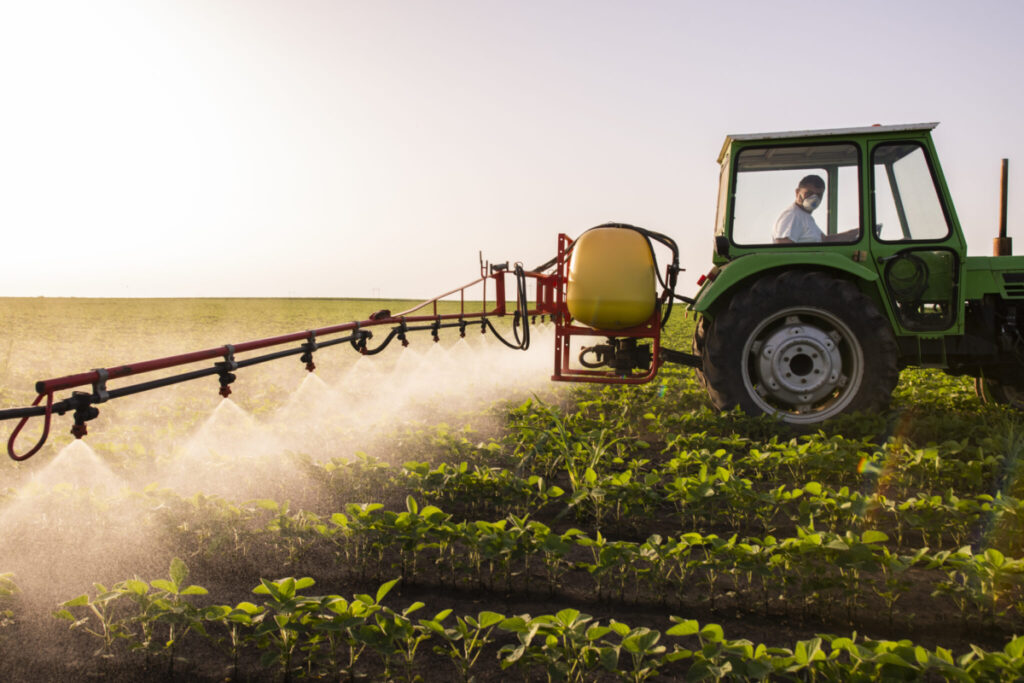RESEARCHERS at the University of South Wales are looking at how sewage waste could be used to revolutionise the development of large-scale farm fertilisers.
A team has been experimenting with the products leftover from a process in which the university leads the way – anaerobic digestion (AD).
AD is a method by which human, animal, or food waste is broken down to produce biogas – which can be used as an alternative to fossil-based gases – and biofertilizer.
This happens in large, sealed, oxygen-free tanks, and uses special microbes to process the waste, separating out useful gases and nutrients.

The University’s Sustainable Environment Research Centre (SERC) has been carrying out ground breaking research into AD for a number of years.
The team was led by Dr Christian Laycock, associate professor in sustainable chemistry at the University of South Wales (USW).
Until now, the ‘slurry’ – known as digestate – left over once the AD process has finished has been difficult to develop further, despite having a high nutrient content which enables it to be used as a fertiliser.
This is because its large liquid content means it is easily washed away, while transporting the substance can be costly.
But a breakthrough made by the USW team has solved many of the challenges posed by the residue.
Dr Laycock said, “One of the problems with using digestate as a fertiliser is that it doesn’t have much ability to retain the nutrients that it contains, and those nutrients very easily leach out into soils and groundwater and cause nutrient pollution.”
“This nutrient pollution can cause serious problems in rivers and lakes, where algae can develop and effectively choke-off the oxygen supply to animal life and other plants which depend on healthy water to survive.
“We’ve developed a method of enhancing the digestate by adding substances which are easily used by organisms.
“This process is beneficial for three reasons.
“Firstly, the proprietary additives contain nutrients which are helpful for crops in their own right, and, secondly, they improve the soil conditioning properties of digestate.
“The third reason, which is the most important, is that the bio-available substrates turn the digestate from a liquid into a gel, which means the nutrients are released about seven times more slowly than from a digestate or mineral fertiliser.
“In turn, this means that more of the nutrients go into the crops, rather than getting washed away quickly and causing nutrient pollution and soil degradation.
“With more of the nutrients going into crops, the crop yields are also increased, with up to double the crop yield observed in trials carried out at USW when compared to using mineral fertiliser.”
Despite the promising results from the early research, Dr Laycock said that more studies are needed to determine the possible benefits of the new fertiliser.
“There’s obviously huge potential benefits from the process, with AD producing low-carbon energy in the form of biogas and the leftover digestate able to support agriculture as a fertiliser,” he said.
“The challenges we now face are finding efficient ways to get the fertiliser on to land, understanding the long-term impact it has on the environment, and then commercialising the material for widespread application.
“Once we have more understanding of those issues and how they can be addressed, the obvious benefits of this process will make it very hard to ignore.”

